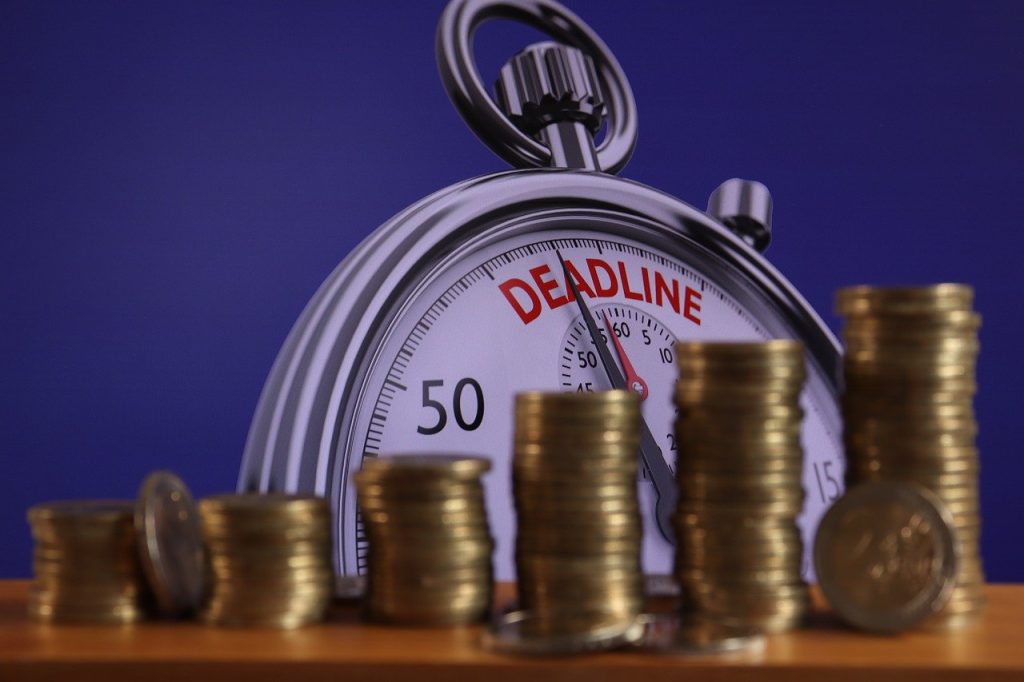Debt recovery is not easy but it has to be done to clear your accounts. Debt manifests in various forms, whether you’re a landlord awaiting rent from a tenant, a business seeking payment for goods or services, or an individual who extended a loan in a time of need.
Proof of Debt
The first step is to maintain accurate records, preserving documents detailing how, why, and when the debt originated. Keep a record of discussions with the debtor regarding repayment and be mindful of their personal circumstances that may hinder payment.
First Approaches
Consider notifying the debtor about the consequences if they fail to pay. Typically, reminders and statements of account are issued routinely, but it might be beneficial to send a formal letter of claim or make a follow-up call. Inform the debtor about the possibility of legal action and provide regular updates on any additional arrears or outstanding amounts.
Negotiations
When communicating with the debtor, assess whether you would be open to offering a repayment plan. Explore alternative payment methods, such as debit/credit cards or online payments through a secure website, to expedite the process. A mutually agreed-upon payment plan should be realistic for the debtor while ensuring the eventual repayment of the debt.
Further Action
If the debtor remains unresponsive to recovery efforts, determine whether their inability or unwillingness to pay is the issue. The latter requires more assertive measures to prompt payment. In cases of rent arrears, landlords may pursue eviction, while individuals and businesses might contemplate County Court Proceedings or insolvency actions.
Legal Action
If legal action is under consideration, Kidwells provides a free initial consultation where we can offer advice on the anticipated costs and outcomes specific to your debt situation.

